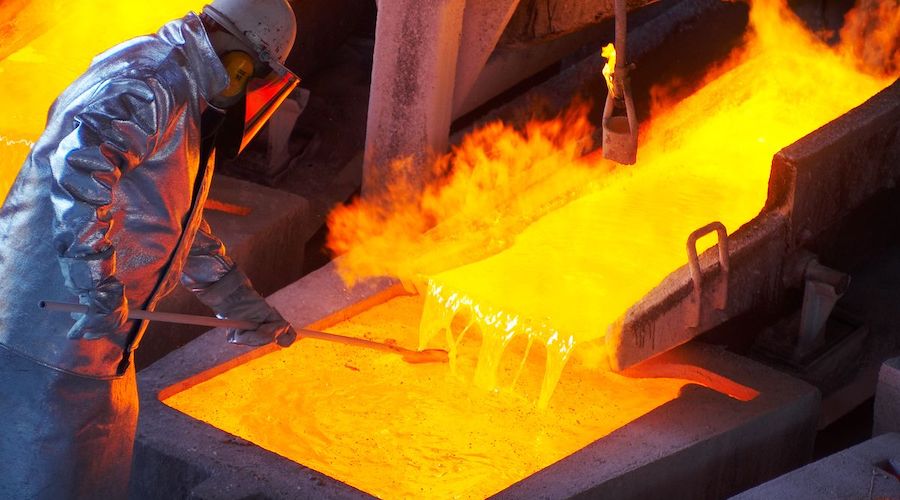Charts | Energy experts are hilariously bad at forecasting solar installations
It’s not easy to predict the future of energy.
These charts show how energy experts, including those from the U.S. government, have fared at forecasting the emergence of solar energy over the last couple decades.
How did they do? Not very good at all. And in the case of the IEA, it is almost worryingly bad.
For the latest data on the world’s energy markets, organizations such as the IEA (International Energy Agency) and the EIA (Energy Information Administration) are crucial sources. Every year, investors and entire industries rely on their reporting on energy supply and demand, as well as their forecasts going forward.
However, these organizations tend to be better at some things than others. For example, in terms of summing up past and current data on what is going on in the world, they generally do a pretty good job. We referenced their numbers when we looked at the changing anatomy of U.S. oil imports, or when showing the decline in coal use over recent years.
In other situations, such as trying to extrapolate numbers on current trends or predicting the tipping point of technologies, things get a bit dicier. Forecasting the roll-out of solar, in particular, has proved to be a daunting challenge for these organizations over the years.
GLOBAL SOLAR INSTALLATIONS
Before we dive in, we should make one thing clear: it’s notoriously difficult to make these types of predictions, and we do not envy the position of these researchers in any sense.
That being said, as shown in this chart from Auke Hoekstra, forecasts for annual global solar installations by the IEA have been egregiously bad for over a decade.

Forecasts from the IEA are pulled from their World Energy Outlook (WEO) reports, which are published each year. Meanwhile, the “PV History” line above is the actual data for photovoltaic (PV) installations each year.
Again, it’s extremely difficult to make such forecasts, and these organizations tend to be conservative with their outlooks. However, it’s pretty evident that they’ve missed a pretty significant trend here.
U.S. SOLAR INSTALLATIONS
Maybe the U.S. government can do better?
Here’s a look at forecasts by the EIA for annual energy production from solar in the U.S. over many decades, courtesy of Steffen Christensen:

This one’s more interesting. Instead of counting out solar each and every year, the EIA has had changing attitudes towards solar over time.
The projection from 1979 seems to actually be the most accurate – but the ones from 1994-2011 skip any premise of a solar boom entirely. As we get closer to present day, forecasts get more accurate, but are still too conservative (2013, 2015).
HINDSIGHT IS 20/20
It’s easy for us to be armchair critics, but it is not fair to rag on these organizations too much.
Here’s the trend they missed that made all the difference:
![]()
Curious to see how other people have fared in making predictions on technology throughout history?
Here’s a timeline of failed tech predictions that will humble any forecaster.
{{ commodity.name }}
{{ post.title }}
{{ post.date }}

Comments